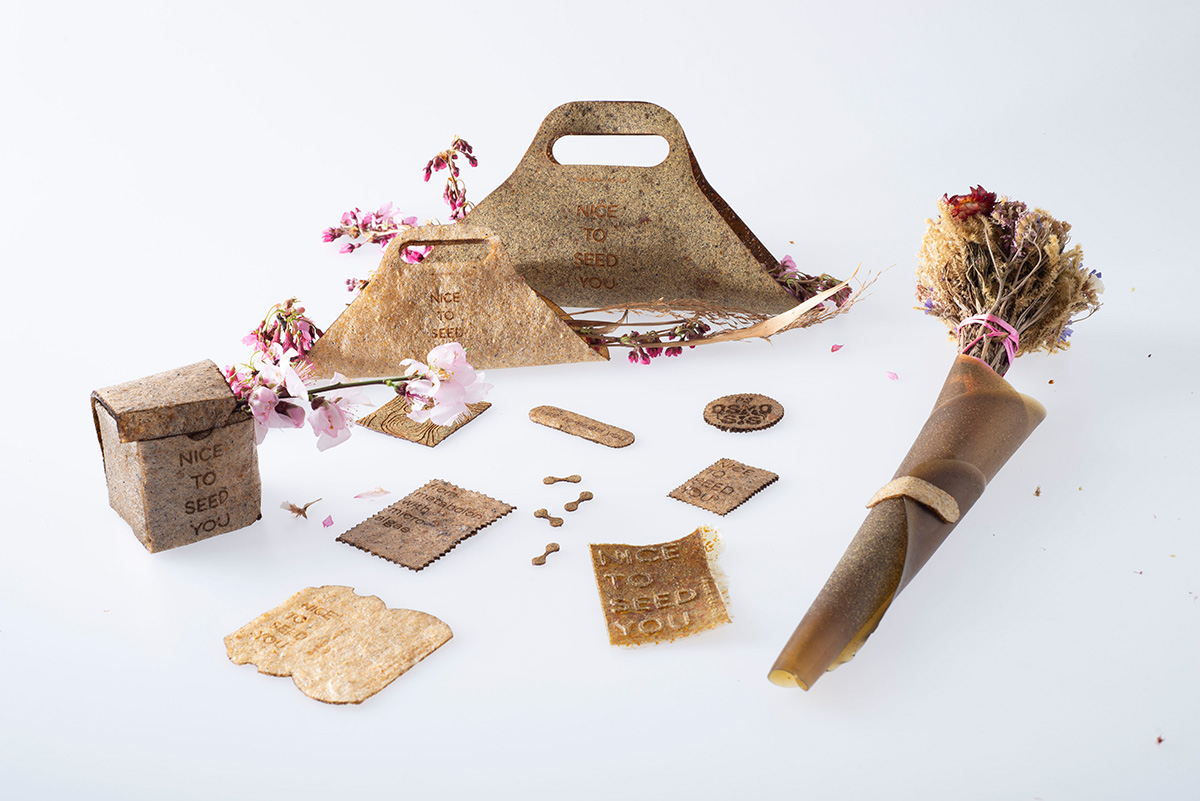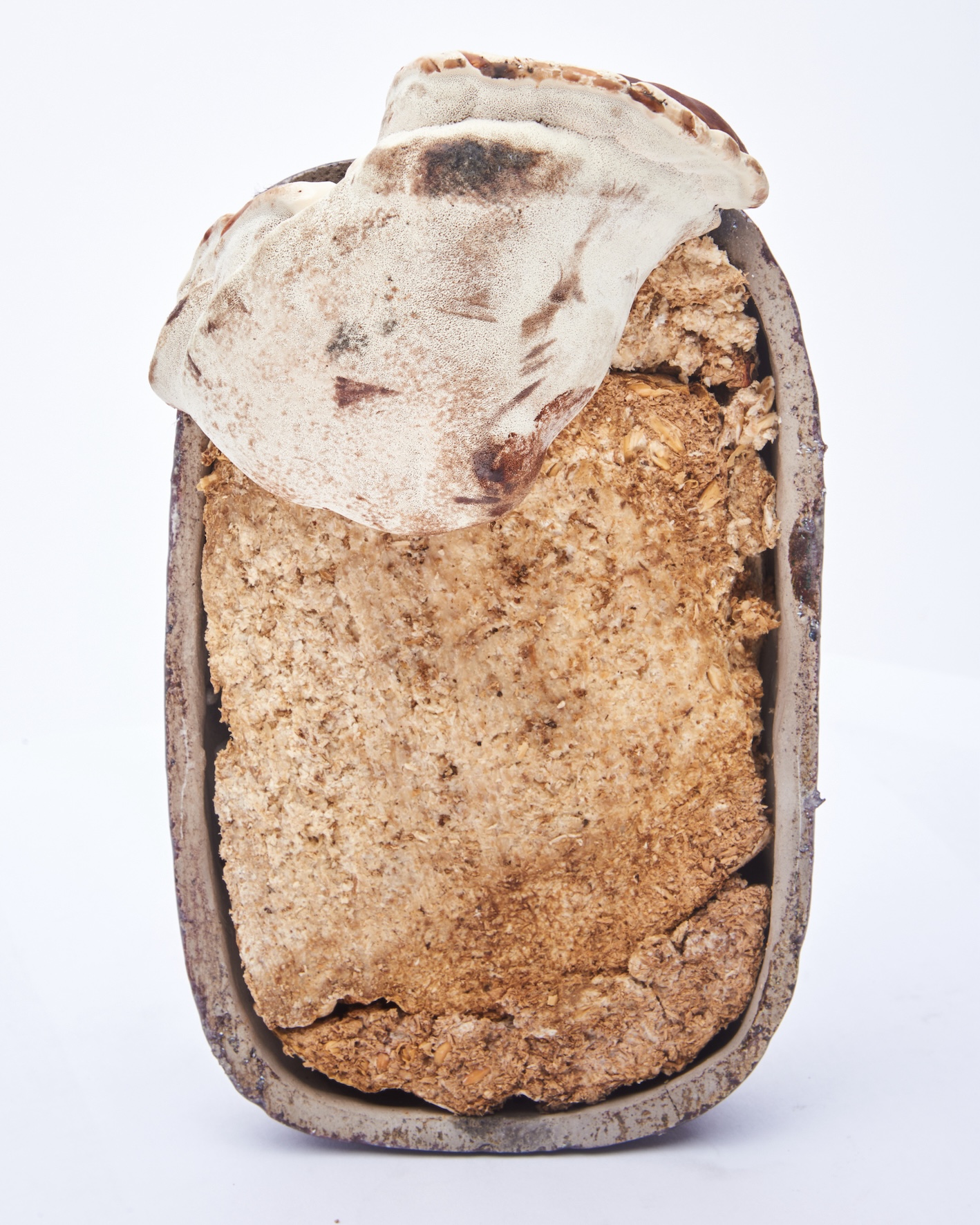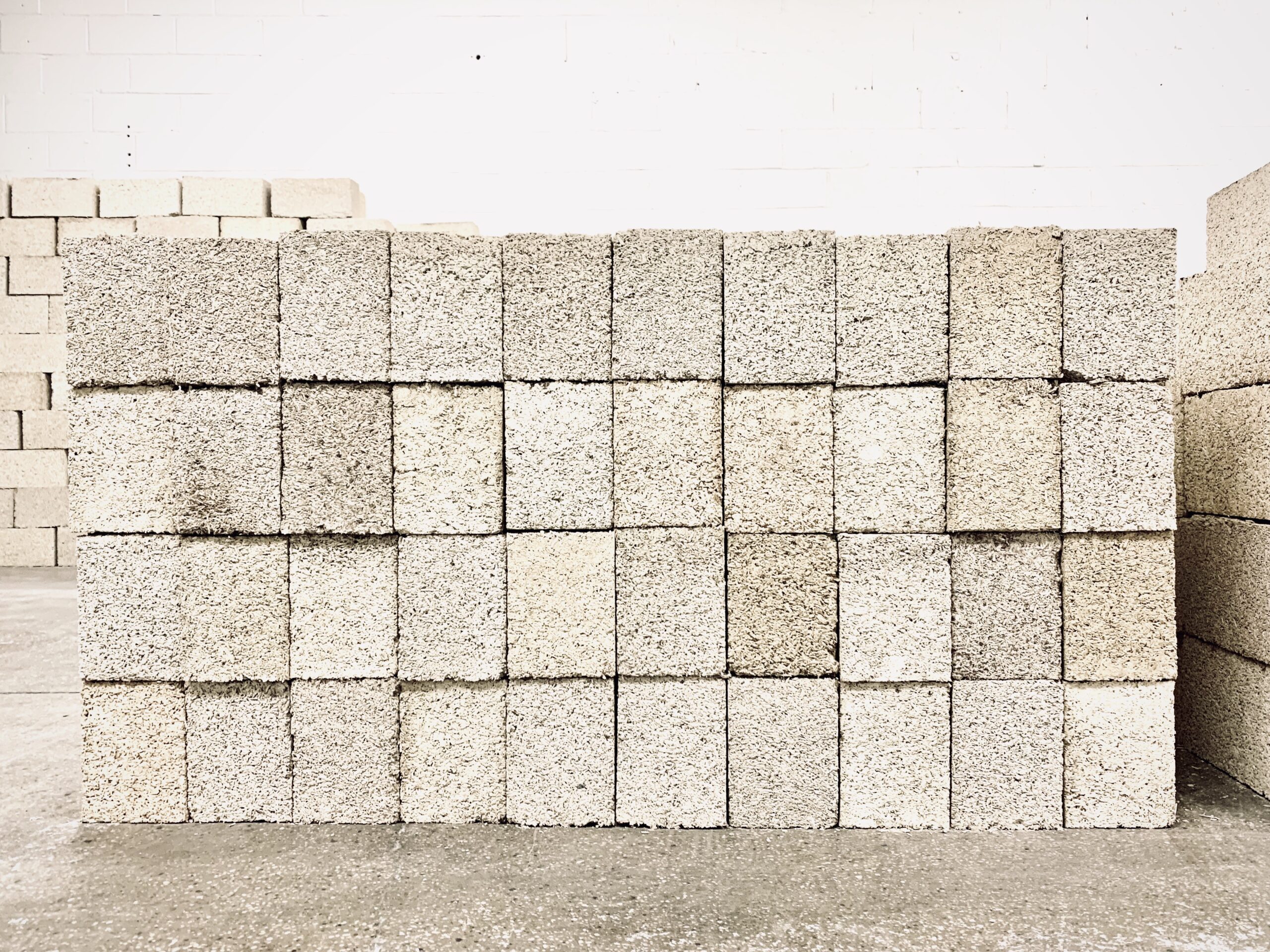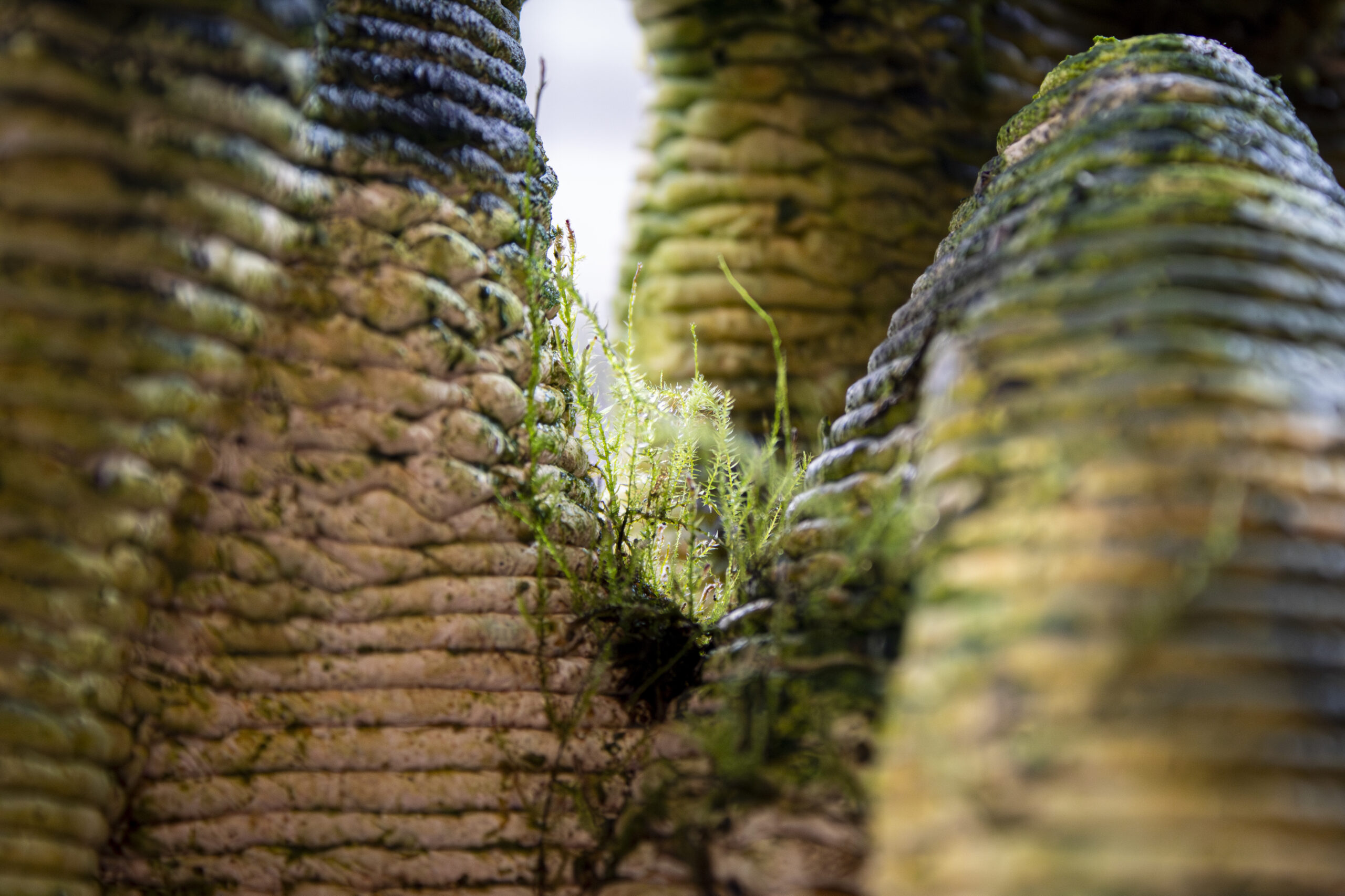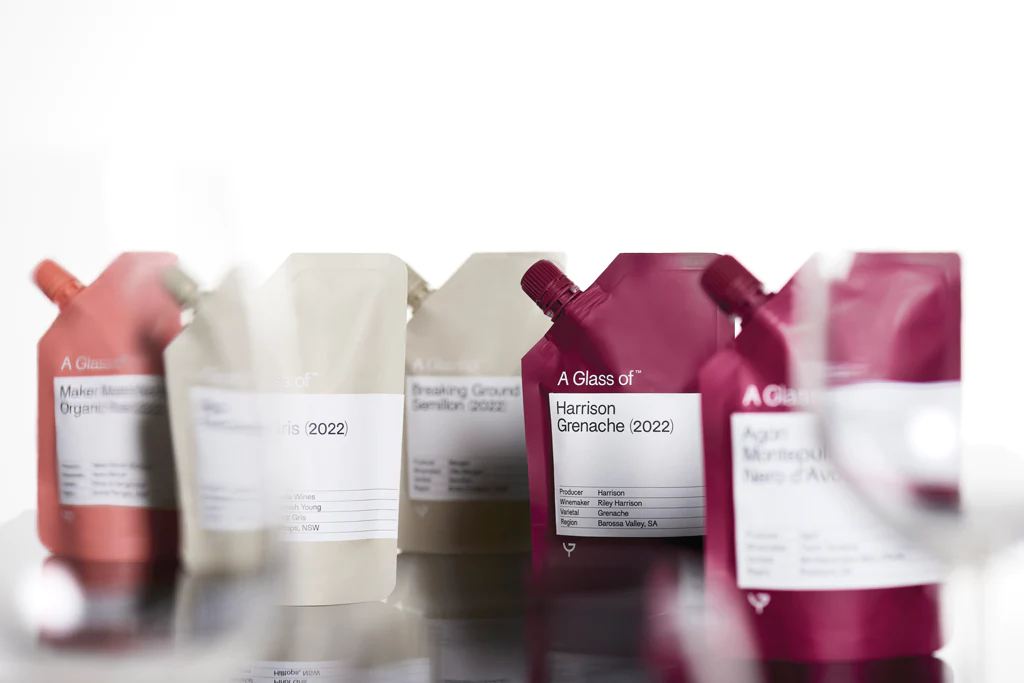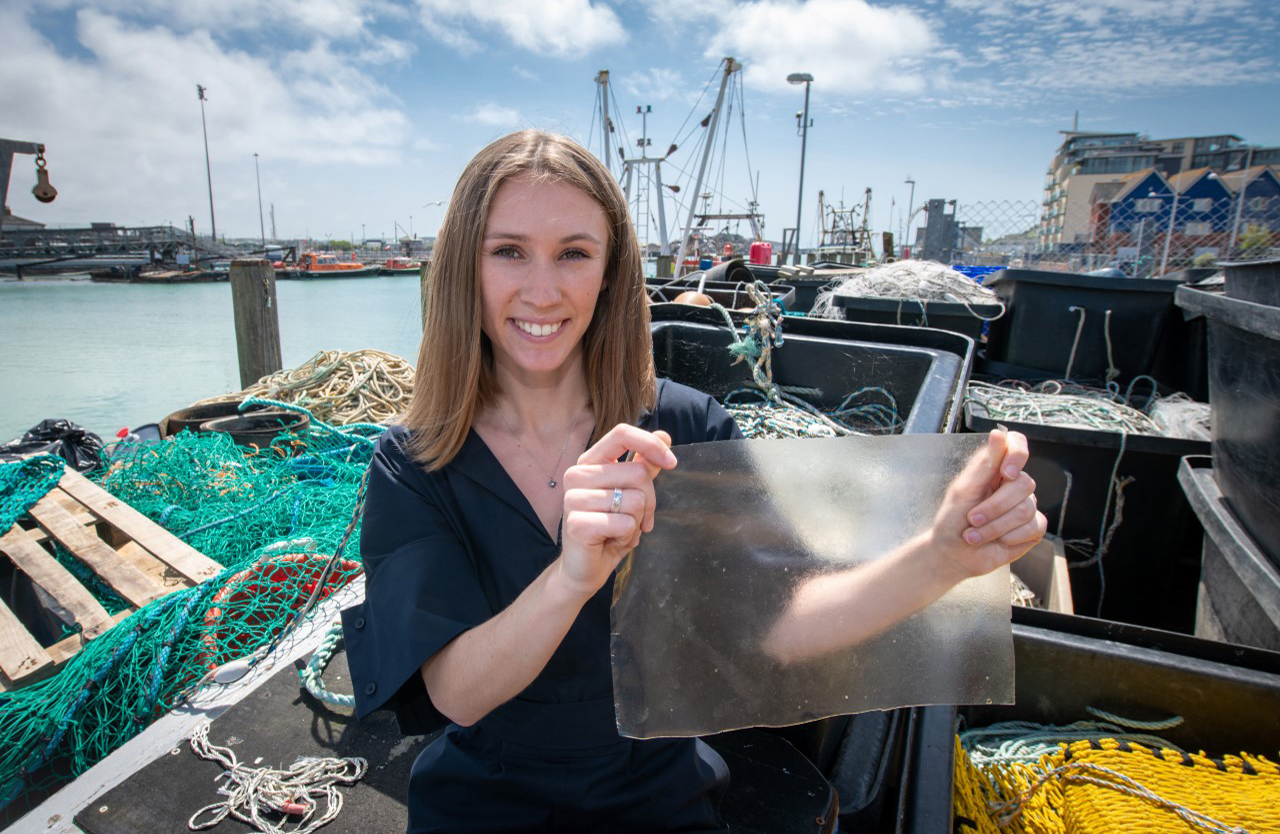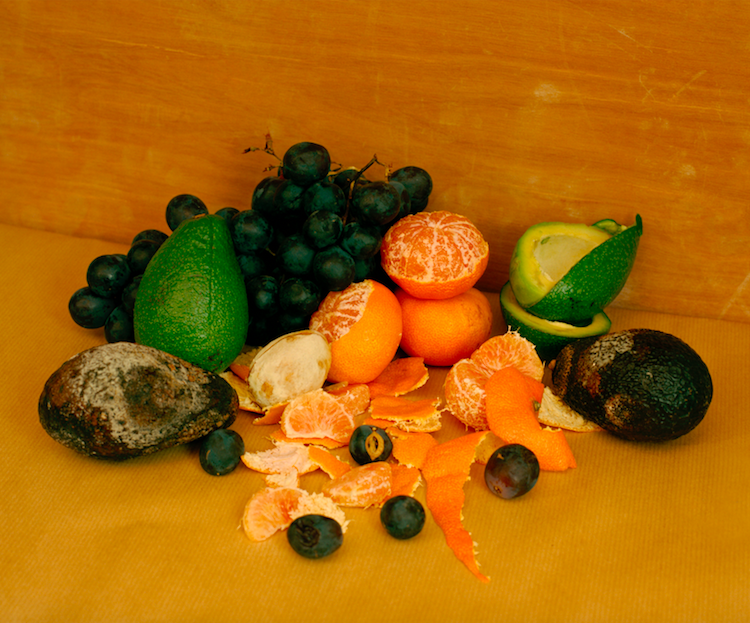When crops like bananas, sugar cane or flaxseed oil are harvested, only the fruit or final product is desired. The picking and processing of the plants leaves behind (literally) tons of waste, in the form of trunks, leaves or residues.
 A field of banana trunks begins decomposing after the fruit is harvested.
A field of banana trunks begins decomposing after the fruit is harvested.
While we often think about food waste at home or in restaurants, we usually visualize it as food we didn’t finish or leftovers we threw out. But agricultural waste really begins much earlier in the chain of production, as fields of pineapple leaves and banana trunks-among many other crops-are left to rot, or burned to make way for new fields. To put it into perspective, 270 million tons of banana waste are left to rot each year.
Circular Systems Social Purpose Corporation has developed a clean technology platform that utilizes agricultural waste. Capitalizing on the natural fibers found in plants, Circular Systems’ Agraloop Technology turns crop waste into textiles. The five crops they focus on-hemp seed oil, flaxseed oil, pineapple leaves, banana trees, and sugar cane bark- produce roughly 250 million tons of fiber per year. That’s more than 2.5 times the current global fiber demand. In addition to making textiles, these fibers can also be used to create materials like cardboard or eco-friendly forms of packaging.
Turning food waste into usable fibers doesn’t just take advantage of neglected resources, it also minimizes the environmental impact of agriculture. When tropical crop byproducts and remnants are left to rot, their mass decomposition generates significant amounts of methane gas.
Plants that are burned to make way for new crops, like rice straw or oilseed flax residue, contribute even more to air pollution. In India, crop burning yields so much air pollution during the summer months that it comes close to fossil fuel emissions. Through repurposing the plant waste that would normally contribute to this air pollution, Agraloop is both creating new, eco-friendly products, and cutting out an unsustainable part of our agricultural system.



